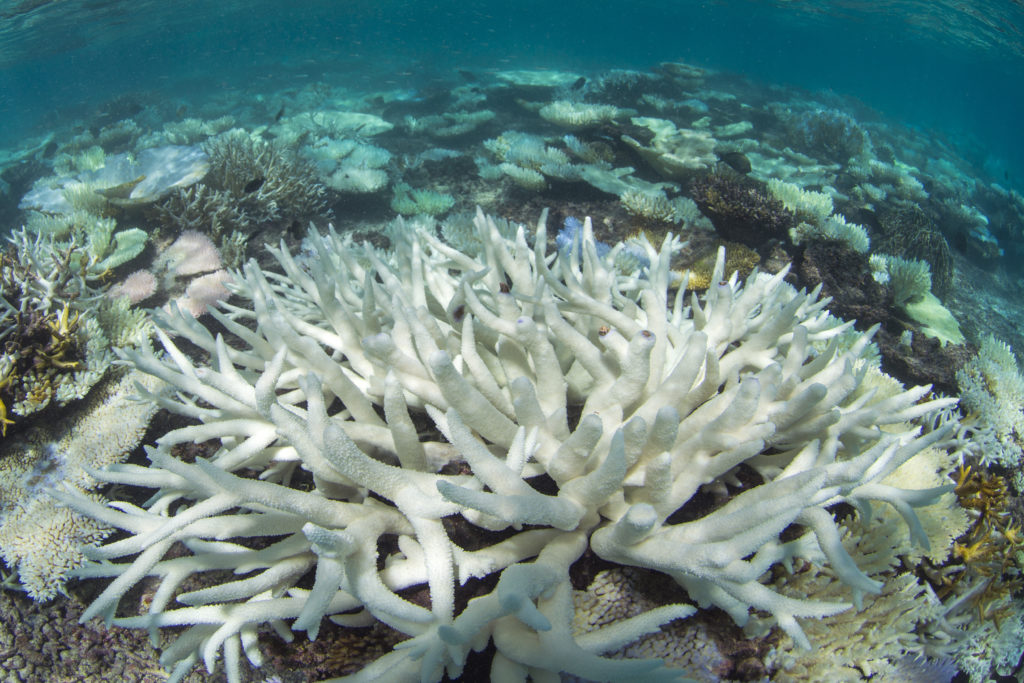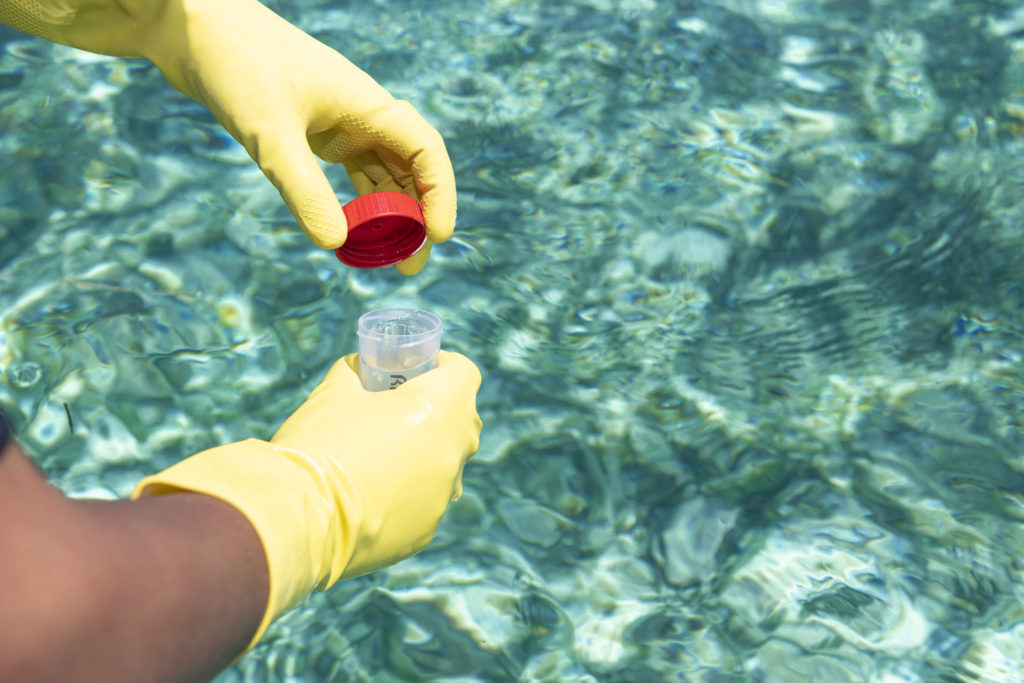On October 5, 2021, the Global Coral Reef Monitoring Network (GCRMN) released its latest international report, detailing the status, trends, and predicted futures for the world’s coral reefs. After analyzing almost 2 million observations collected in 73 countries, one key message is abundantly clear—coral reefs are in trouble.
Coral Reefs are Diminishing
We’ve lost 14 percent of the world’s coral reefs in the last decade and according to Dr. Madhavi Colton, CORAL’s Executive Director, this is likely a conservative measurement. “It’s the equivalent of losing the entire Great Barrier Reef in 10 years,” she says.
Sadly, global findings show that many reefs are diminishing, instead of flourishing. This decline is mostly attributed to large scale coral bleaching events, which first captured the attention of scientists in 1998 and have since become a regular occurrence. Climate change leads to warming ocean temperatures which can trigger bleaching and ultimately impact the health of coral reefs.

When corals die, algae can take over a reef and create a hostile environment that inhibits new coral growth. The GCRMN measured a 20 percent increase in algae living on coral reefs from 2010 to 2019, further demonstrating the severity of local reef threats and bleaching events.
Hope for Coral Reefs
But despite these upsetting statistics, the GCRMN also validated corals’ resilience and underscored the importance of acting quickly to save coral reefs. “The report isn’t an obituary—the report says there is still hope for coral reefs,” says Colton. “If you look at the data, there are times when corals have recovered.”
According to the GCRMN, coral reefs have the ability to recover when the conditions permit. This can include minimizing water pollution or addressing overfishing, in order to create more optimal conditions for reefs to adapt to climate change. In fact, some reefs in the East Asian Seas region with high coral cover and diversity have already shown signs of natural resistance to increasing temperatures.
Here at CORAL, we believe reefs can adapt to the effects of climate change if they are healthy. Over the last five years, we’ve been spearheading research to better understand what coral reefs need in order to adapt, and how to create those conditions in the real world. Ultimately, what it comes down to is working with local communities to keep corals healthy, and doing that in strategic places around the world.

That’s why we work with partners, governments, and members of local communities in the Mesoamerican region and Hawaiʻi to ensure cleaner, healthier reefs. Through these collaborations, we have trapped sediment before it reaches reefs in West Maui, supported community scientists working with fishers in Trujillo, monitored water quality in Roatán, and more.
Spreading the Word
The GCRMN report is out just in time for the 2021 UN Climate Change Conference (COP 26) and the UN Biodiversity Summit, when world leaders will join together to discuss future actions to address climate change, as well as ocean protection. “I hope this report becomes a large, loud alarm bell,” says Colton. “It provides the justification needed for world leaders to take a strong stance.”
In fact, the GCRMN report is already creating a buzz, with coverage appearing in major outlets like The New York Times and CNN International. And it’s important to continue spreading the word and educating the public about the significance of protecting coral reefs.
After all, coral reefs are strong and resilient, but they are also undeniably vulnerable—and if we want to save them, we need to take action now.
